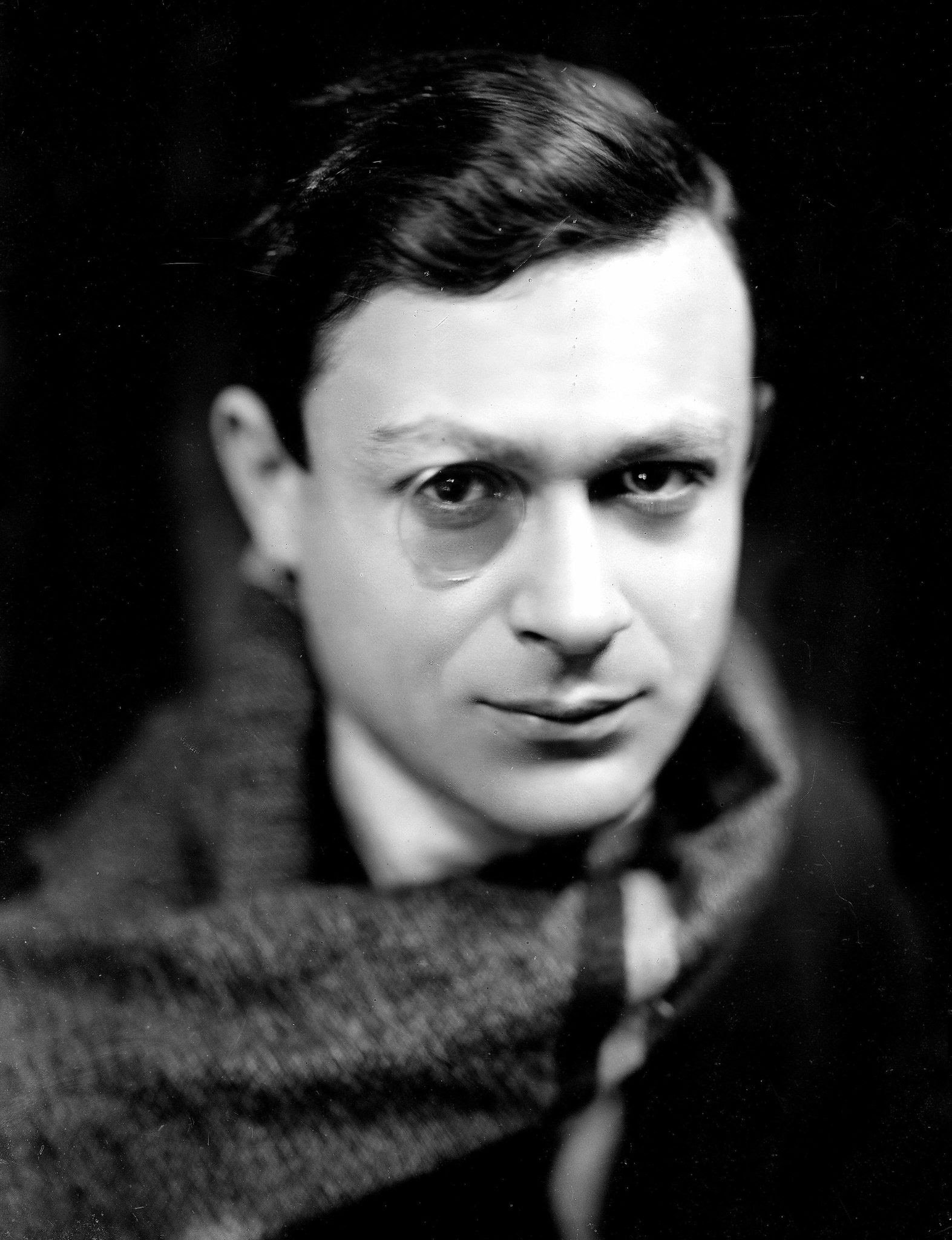
The connection between the language and literature of a people and the individual and his personal identity is complex and intimate. This chapter presents various aspects of the identity of Romanian Jews, as reflected in these areas.
The spiritual and cultural life of Romanian Jewry in the first centuries of Jewish settlement there reflects the unstable nature of the community. However, as early as the 17th century there were religious works in Hebrew in Romania . The authors came from Poland and the Ukraine, where the rabbis and teachers originally had come from.
Romanian Jews, most of them of Ashkenazi origin, spoke Yiddish. They brought with them the Hasidic heritage, and the first books were written in Hebrew and Yiddish. Over time, two Jewish studies centers were established in Romania, in Iasi and Bucharest, and books on the Halacha, Kabbalah, Hassidism and the study of Jewish history were published in well-known publishing houses in Lemberg (Lvov), Vienna, and Iasi.
In the mid-19th century, non-religious compositions by educated writers in Hebrew began to appear in Romania, and Yiddish and Hebrew poetry books were published. The interaction between Russian, Galician, Austro-Hungarian, and Moldovan influences produced works whose influences went beyond the changing historical boundaries of Romania.
With the modernization of Romanian society at the end of the 19th century, a class of educated people developed which acquired the Romanian language and culture, and Jewish intellectuals began to integrate into the elite of culture and science. The first writers and journalists who wrote in Romanian came mainly from Bukovina and Galicia. They quickly assimilated and Romanian became their language as well even when they dealt with purely Jewish topics. The first to do so were editors of Jewish newspapers, among them Julio Barash and the Schwartzfeld brothers. Most of them were deeply involved in German culture, so they were the first to translate works by German writers, especially Heine, into Romanian.
The first Jews to be published as Romanian writers were intellectuals and groundbreaking scholars in Romanian linguistics and folklore, among them Moses Gaster, Heiman Tiktin, and Lazar Sheanu. At the same time, Jewish intellectuals began to study the history of Romanian Jewry and Judaism in general. Poets and writers, who wrote in Romanian, described in their writings the lives of Jews and their environs.
At the end of the 19th century, the works of Jewish writers who wrote in Romanian were published. The first to become an important figure in Romanian literature was Ronti Roman, who first turned the dilemma of Jewish identity and assimilation into a literary subject.
At the same time a group of poets was formed in Romania, including Abraham Stuyerman Rodion, Alexandru Toma and Eric Fortuna, who wished to express both the suffering of poor Jews and poets torn between their desire to succeed as poets and their need to express the situation of the Jewish community and its traditions. Most of them admired Heine and tried to imitate his style of writing, especially the way he combined poetry with irony and how he identified with the Biblical world and the tragedies within Jewish history.
After World War I Romanian became the language of the secular culture of Romanian Jews in the press, literature, historiography and Jewish studies. In contrast to extreme political movements, the educated circles in Romania were open to the Jews. Works by Jewish writers began to be published in magazines, and they received reviews in the journals of the literary elite in Romania.
The Jews took part in the flourishing Romanian literature between the two world wars and were prominent in literature, poetry, and literary criticism. At the same time, Yiddish and Hebrew literature flourished in Romania, and the Jews also played an important role in music, theater and painting.